What’s Really on (and in) Your Chicken?
At Grassland Poultry, there’s no chlorine. Not in the wash, not in the chill, not anywhere.
This isn’t just a nice detail — it’s a major point of difference. One that matters.
So why are we talking about it?
Because almost every chicken in Australia is washed in chlorine.
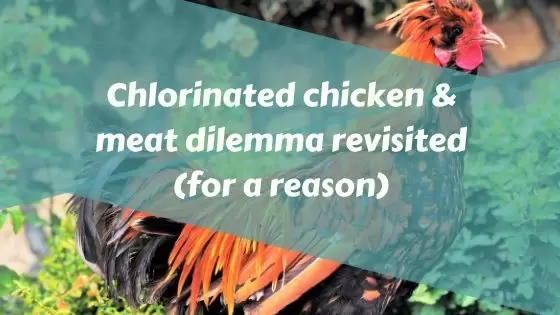
Across Australia, almost every chicken you can buy — including organic and free-range — is processed using chlorine.
In organic processing, birds receive a final chlorine spray for 3–4 seconds, typically at 20 parts per million (ppm). This is followed by air chilling.
In non-organic (conventional) systems, the process is far more intense. Birds are placed into what’s called a spin chiller — a swirling ice slurry of heavily chlorinated water, often reaching up to 150 ppm (and sometimes higher). They tumble in this solution for up to 20 minutes, absorbing a portion of the liquid into their skin, flesh, and porous bone. In my research, I’ve found estimates ranging from 2% to 12% absorption, depending on processing variables.
Chicken processing requires chickens undergo a hot scald to loosen feathers before plucking. In a short, fast system, the feathers are removed then manually cleared. But in a commercial system, when this is combined with prolonged soaking in chlorinated ice slurry before packaging, the result is a uniform, pale-pink bird with washed-out bones and thin, slippery skin. This is because the chicken’s skin has lost it’s bloom. The bloom is a waxy outer layer that acts as the first line of defence against bacteria. In our heritage birds, this bloom is often left intact or minimally disturbed. But in commercial systems, it’s routinely removed.
Sometimes, line speed issues or temperature mismanagement cause birds to spend too long in the scald tank. This is called over-scalding — and it partially cooks the outer layers of meat before the bird is even processed. This usually occurs due to a break in the line or to poor adjustment of the scald temperature and line speed. Many times, these carcasses will also be machine-mutilated by picking machines.
Where Does the Water in the Bag Come From?
Ever noticed that watery fluid pooling at the bottom of commercial chicken packaging? It’s not just natural juices — it’s often remnants of the chlorine slurry absorbed during spin chilling.
Richard Cornish, from Good Food, reports on the Australian bleaching system:
Australian chickens are given a bath in chlorine during processing that knocks out most of the naturally occurring campylobacter and salmonella on the chicken skin – but not all the bugs. There is a lot of water used in processing and when packaged this water and some of the serum from the flesh leaches out.”
You can read the full article here.
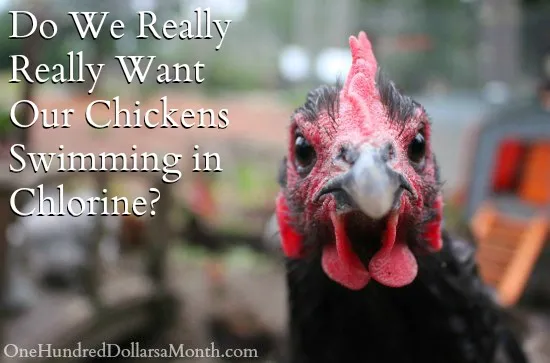
Inglewood chickens, QLD, an organic chicken producer, explains on their website:
The majority of Conventional and Free Range processing methods involve a step called ‘Spin Chilling’. In this step, the birds are tumbled in a chlorinated ice slurry bath to rapidly reduce the core temperature of the poultry. During submersion in this Spin Chill bath, the birds can absorb a percentage of chlorinated water (approved by government legislation). By quickly reducing core temperature this way, mass production operations can begin portioning immediately“
This is a major consideration for people with histamine sensitivities, chemical sensitivities, or anyone trying to nourish themselves with truly clean food. Even long-simmered bone broth can become a source of chemical residue if made from conventionally processed birds.
So why bleach chicken in the first place??
Using chlorine in poultry processing is legal and standard in Australia. It’s considered a cost-effective way to reduce bacterial load — especially Campylobacter and Salmonella — on bird surfaces.
By running birds through a strong chlorine slurry at 20–50 ppm, processors can reduce contamination after evisceration — rather than improving hygiene during the kill and gutting process. The result? A shortcut that’s built into the system, and a chemical safety net for questionable practices.
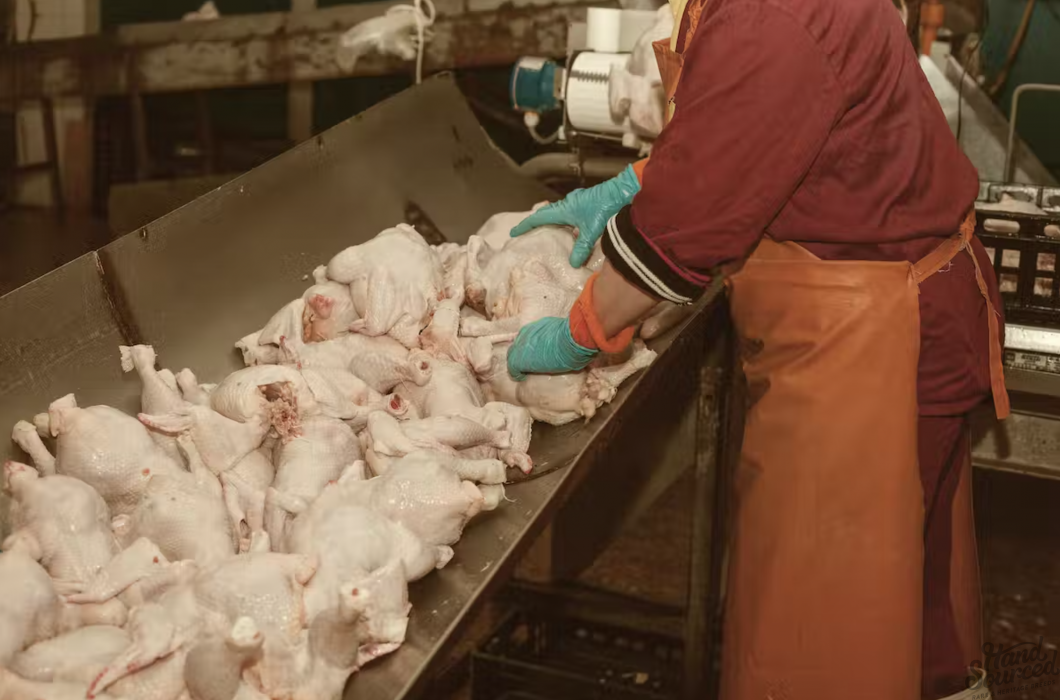
Contrast this with the EU, where the use of chlorine in poultry processing is banned. European standards emphasise whole-system hygiene, not just end-stage disinfection.
At Grassland Poultry, Kim and Bryan raise and process Sommerlad Heritage birds on their own farm — in a fully closed-loop, chemical-free system. This allows them to maintain control over every step: from hatching their own chicks to hand processing birds in a purpose-built abattoir on site.
They use air chilling (no chlorine, no liquid absorption), compost all waste, and give their birds the gift of a humane, calm end — sparing them the trauma of transport and mechanical lines.
As Kim says:
Finally, the way chickens are processed makes an enormous difference to both the welfare of the bird and the quality of the end product. Our processing facility allows us to have complete control over what we do, right here on the farm. Our birds are spared the trauma of travel and are processed in the most humane manner possible, by hand, resulting in superior quality produce. Air chilling allows us to avoid the introduction of chemicals and liquid weight and any waste is composted back into the farm.
It’s not the cheapest way to raise chickens, but there really are no shortcuts to raising healthy, happy chickens that have that old Sunday roast taste – the way they used to.”
You can take a look through the abattoir, below.
Chemical free, hand processed chicken – Grassland Poultry
If you’d like to do some more research, you can find out more about the consistent use of chlorine through the Australian Chicken Meat Federation here; through the MLA Industry standards here (pdf download); and, if you ignore the expected propaganda from Animals Australia, you can read truth between the ‘shock tactic’ images here. Even Wiki has an entry: right here.
Read more about the original genetics and breeding here; and about Grassland Poultry’s Heritage chickens here.
Are you wanting to be part of the difference? Buy your Sommerlad Heritage chicken here. No bleach, no chemicals, no anything other than happy, healthy, outdoor roaming chickens. Ever.
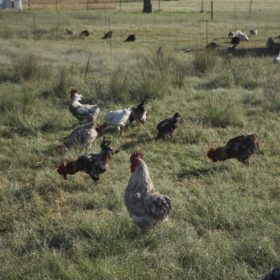
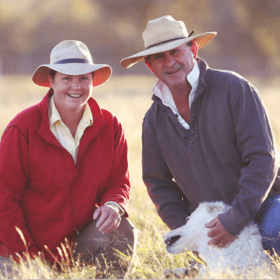
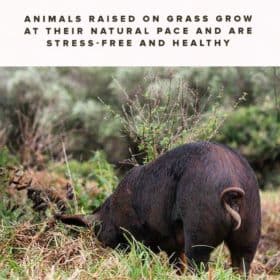
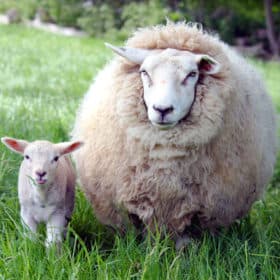
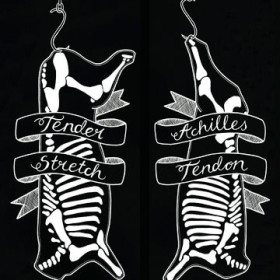

Is there any farmers in SA that supply chemical free chickens? We’re not ready to raise and process our own chickens yet. We currently order Inglewood chicken from Our Cow but Id love to go to complete chemical free!
You can order bleach free chicken on this website, Kb.
Coming from overseas I found it very hard to get used to the Chicken Meat in Australia, as suspected from cooking I realised that it
contains a huge amount of water. Also rather tasteless this article is confirmation of my fears. Rather get my chorine from swimming
in a swimming pool……..YUK !!! Australia you have to change your ways.
I didn’t know about this till now but I stopped eating chicken a while back as they were tasting bleachy and found they did even when I tried different brands. Thanks, now I know why